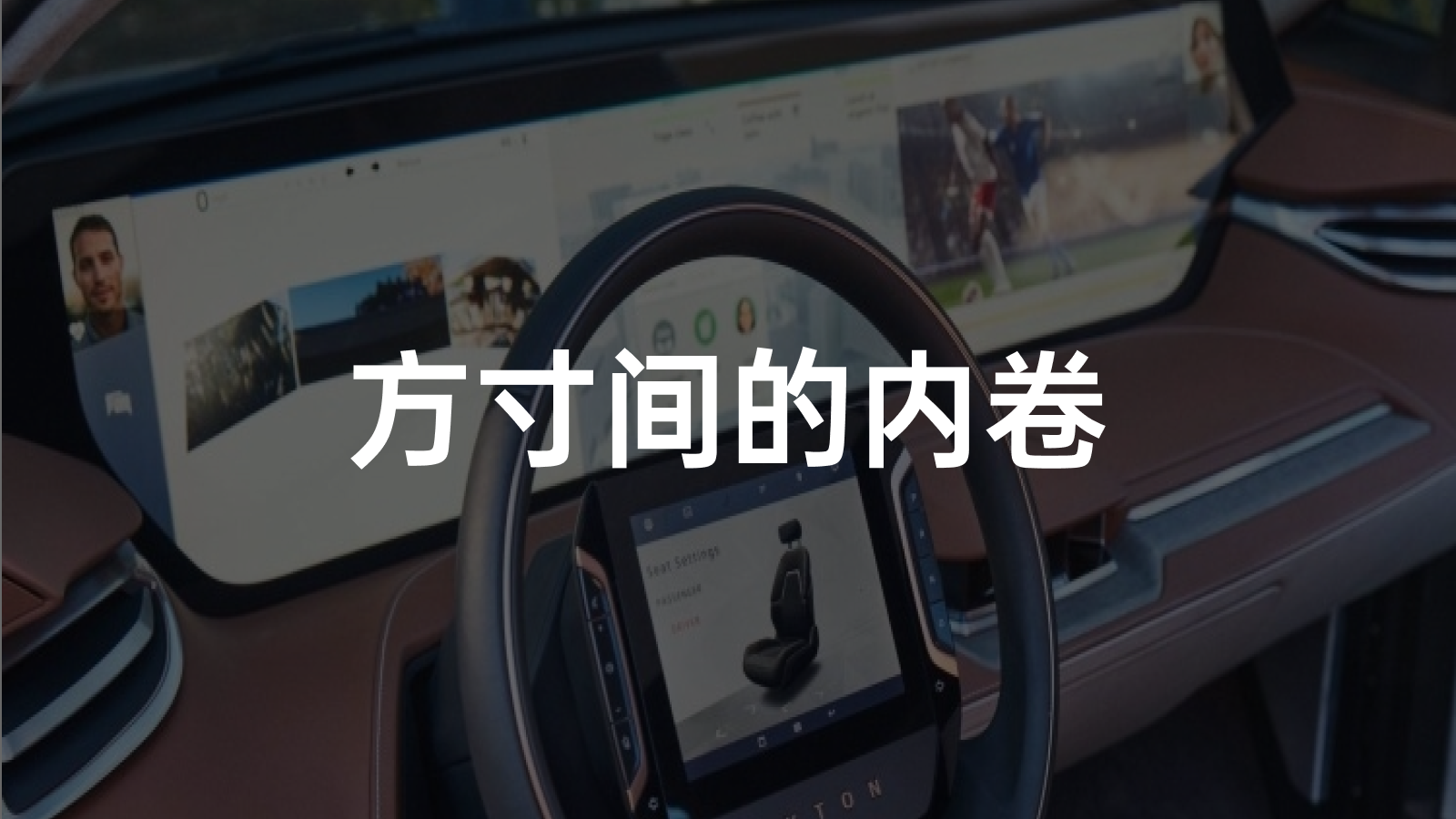The development history of cabin design seems to be a history of the evolution of in-car screens. From the monochrome dot matrix screen on the old Santana radio, to the 7-inch multi-color LCD screen on the Mercedes-Benz W220; from the foldable screen hidden in the Audi A6 to the central large screen that stands out in the Model 3. We can see that as the size and display quality of the screens increase, their functions and status in the cabin have become increasingly important.
The Bigger, the More Luxurious
Just like TVs, in the eyes of consumers, the bigger the screen in the car, the more luxurious the car is. In 2013, the brand-new generation of Mercedes-Benz S with the code name W222, which had two 12.3-inch large screens and a refreshed interior design, directly refreshed consumers’ understanding of car interiors. With this model, Mercedes-Benz won the top spot in global luxury car sales.
Looking only at the interior, the BMW 7 Series and Audi A8 in the same year were indeed inferior. The size of the screens in the three cars was not in the same league either.
Although it cannot be entirely attributed to these two large screens, the dual-screen design was indeed seen as a symbol of luxury by consumers at the time, attracting many imitators afterwards. Starting from here, LCD instrument panels + central control touchscreens have also become standard equipment for high-end cars, and screen size has become a part that car manufacturers must mention when promoting the luxury attributes of their products.
However, if we only talk about the size, there was a more extreme existence at that time, which was the Tesla Model S. The mass production time of this model was one year earlier than that of the W222. From the 2012 Model S’s interior, we can see that while traditional car manufacturers were trying to gradually increase the size of in-car screens, Tesla directly squeezed a 17-inch giant screen into the center console, which was equivalent to two iPads.## Virtualization of Physical Buttons
The reason for the huge controversy was partly due to its crazy size at that time, which made it difficult for people to come into contact with such a large touch screen. As can be imagined, it caused a huge controversy due to the visual impact it gave passengers.
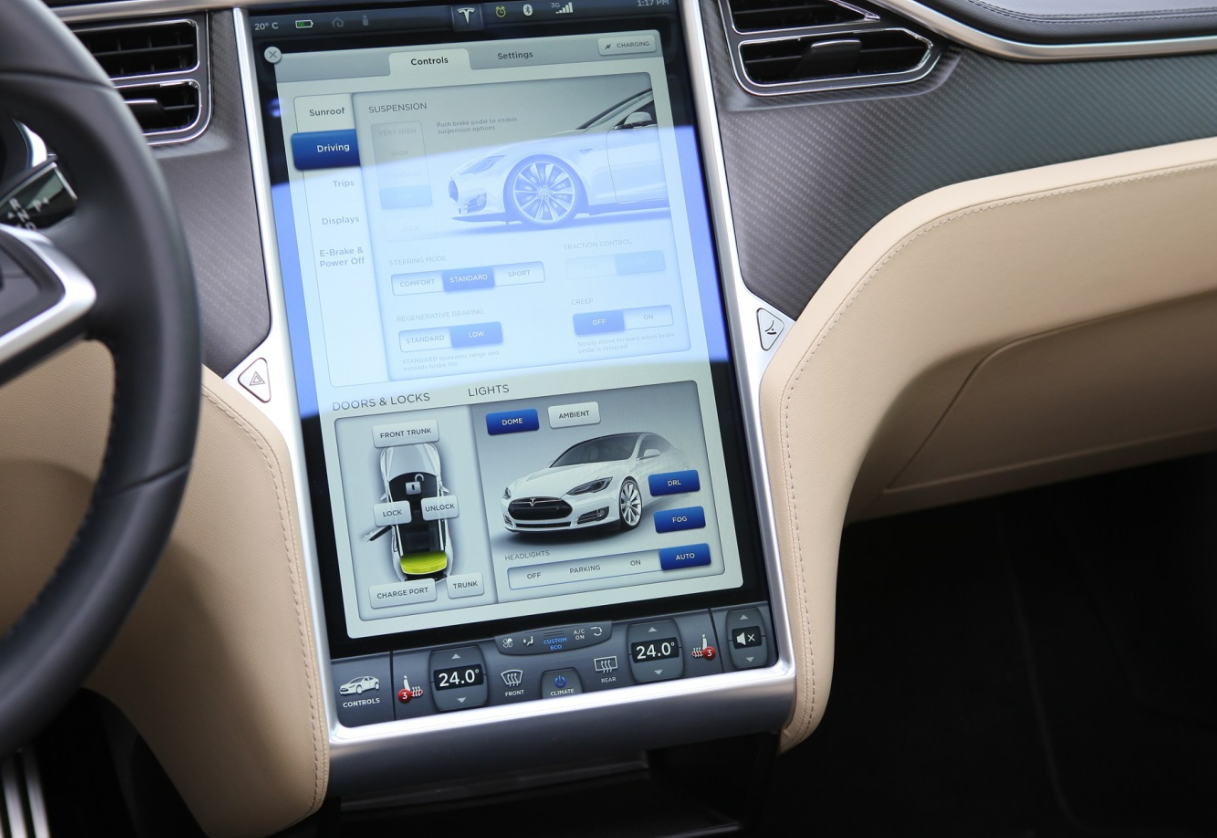
It is not difficult to see that the Model S’s center console is probably the most concise ever. At first glance, there are only two physical buttons that can be seen on the center console: one is the mandatory double flash button required by law, and the other is the button to open the glove box.
If the media function brought the first wave of popularity of screens in cars when it was moved to cars at that time, Model S used the virtualization of physical buttons to further accelerate the replacement of large screens with small screens.
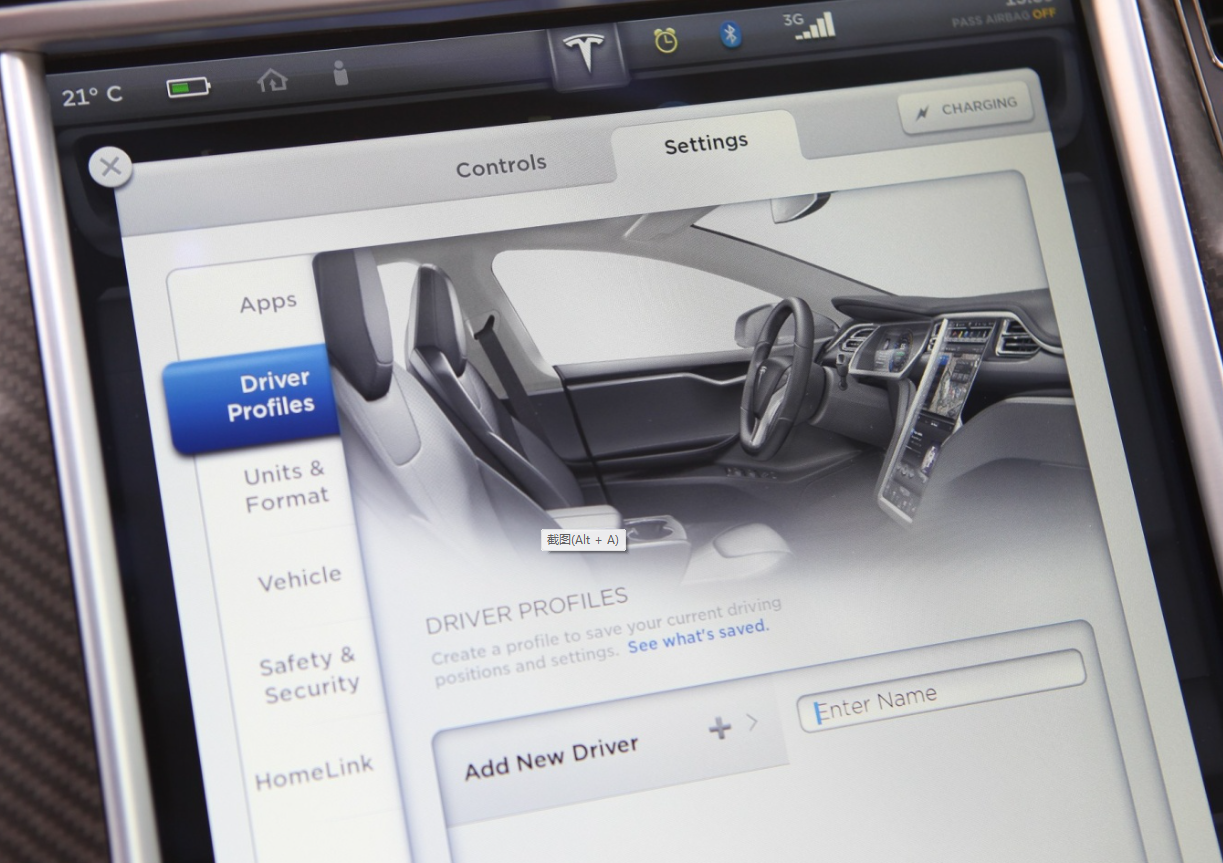
When a screen needs to perform more functions, it means that the number of control elements will increase. Without increasing the operation level, it is necessary to increase the screen area to accommodate more control elements. The functions that Model S’s screen can control far exceed those of other models, and 90% of the operation buttons are placed in the screen, so it is not difficult to understand why Model S has such a large screen.
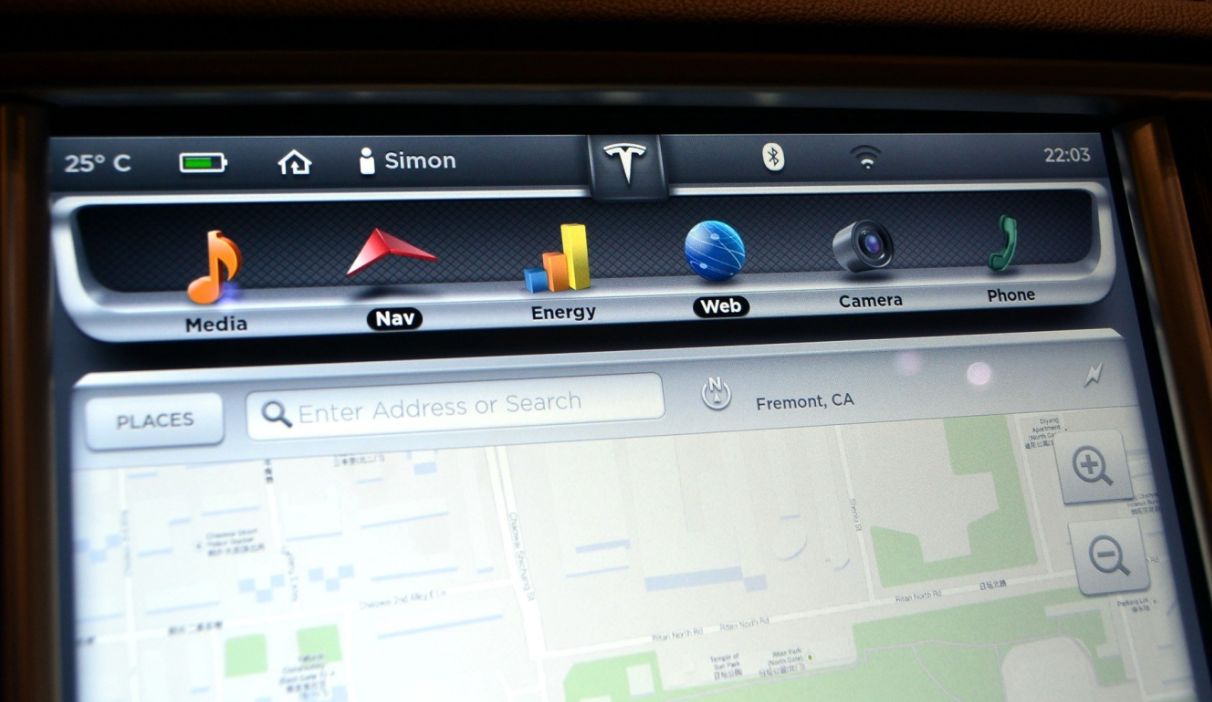
In the early interface of Tesla, there was almost no large blank area, which means that almost all areas were used to display effective content. This also indirectly confirms that using a large screen is not a whimsical idea from Tesla, but an inevitable result of the gradual deepening of cabin intelligence.
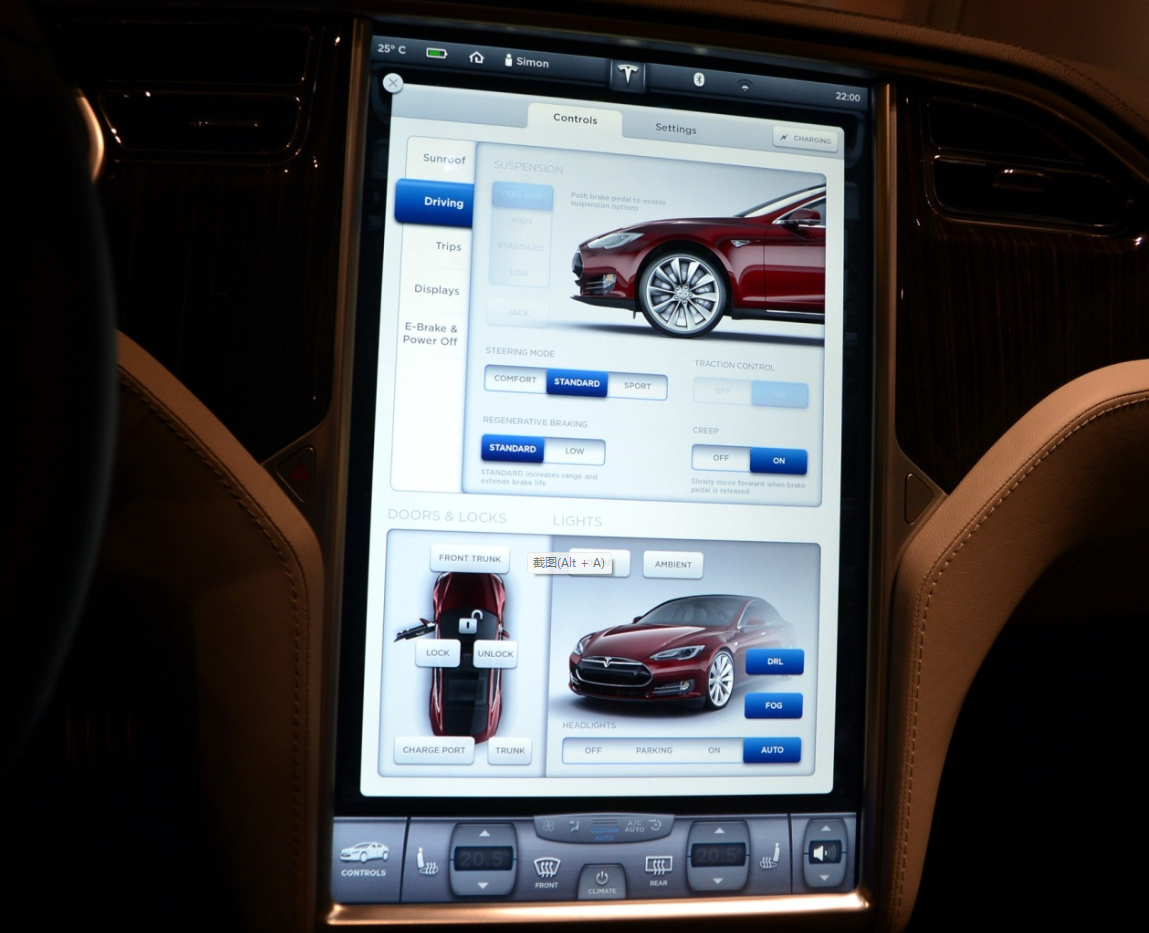
In fact, it has been proven that using screens to replace physical buttons has become the mainstream of new products. Even traditional car companies are gradually replacing physical buttons in the cabin with virtual buttons. The new Mercedes-Benz S with the code W223 is so, and so is the BMW iX.
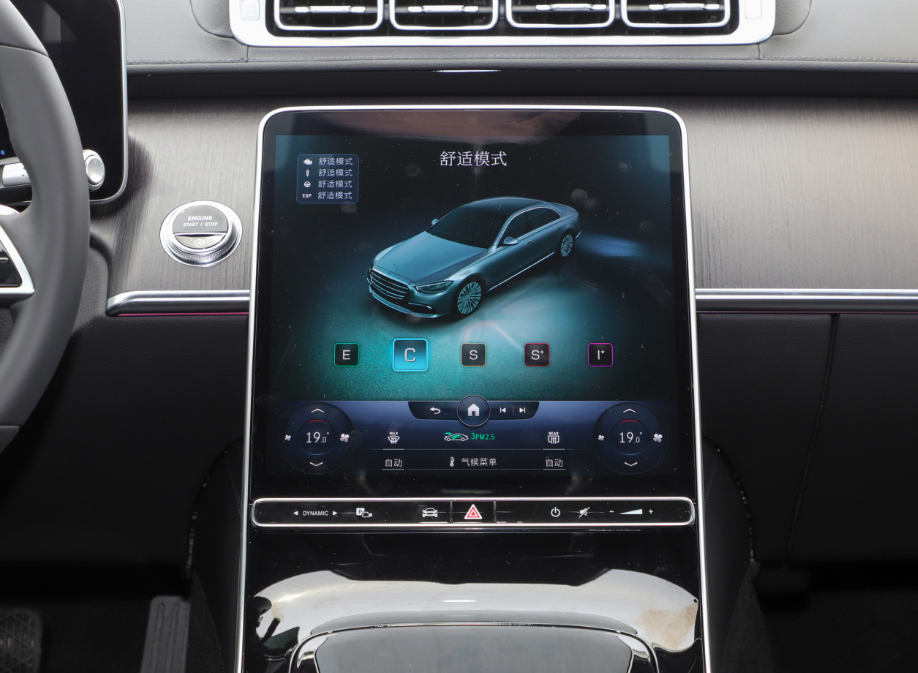
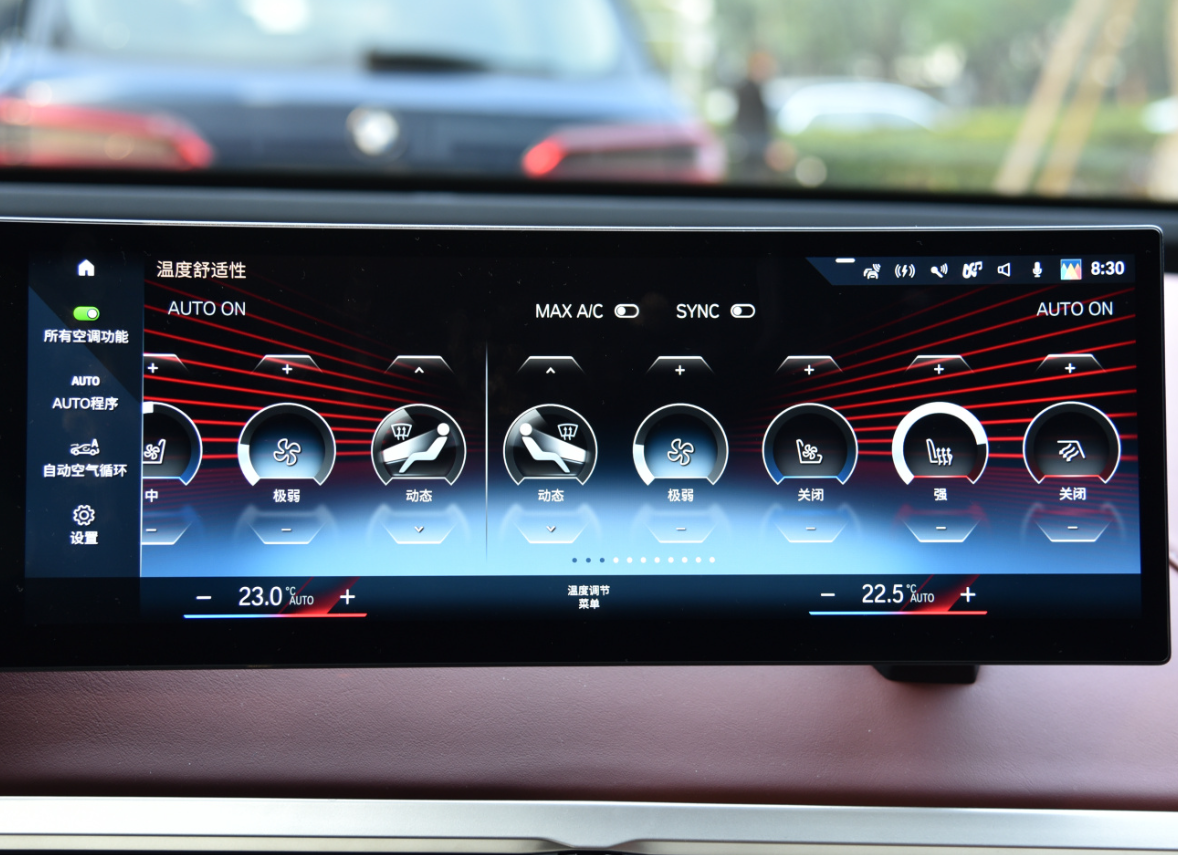
Arms race officially begins
In the era of physical buttons, car manufacturers would specially optimize the feel of buttons and knobs to enhance quality and establish differentiation. They would even finely adjust the sound of knob rotations, creating clear and pleasing rattling sounds, making each turn a joyous experience for the user. For example, the Audi MMI knob has received high praise for its feel.

In the age of virtual buttons, after physical buttons have been replaced by screens, how can high-end products maintain their quality and differentiation? The focus naturally shifts to that piece of screen. The contest for superiority in this inch of space has thus unfolded.
Believe it or not, some veteran drivers may still remember that screens used in early car models lagged behind those of mobile devices for years. Hampered by certification requirements and the lack of importance placed on car screens at the time, many car manufacturers’ mentality was “as long as there is a screen, it’s good enough”. Consequently, many car screens provided disaster-level viewing experiences, with low resolution, severe color deviation, and poor viewing angles, among other issues.
Now, even screens on cars costing only a few hundred thousand yuan can easily achieve a passing score of 60 points. Those flagship models worth millions of yuan, meanwhile, have armed every parameter of their screens to the teeth.
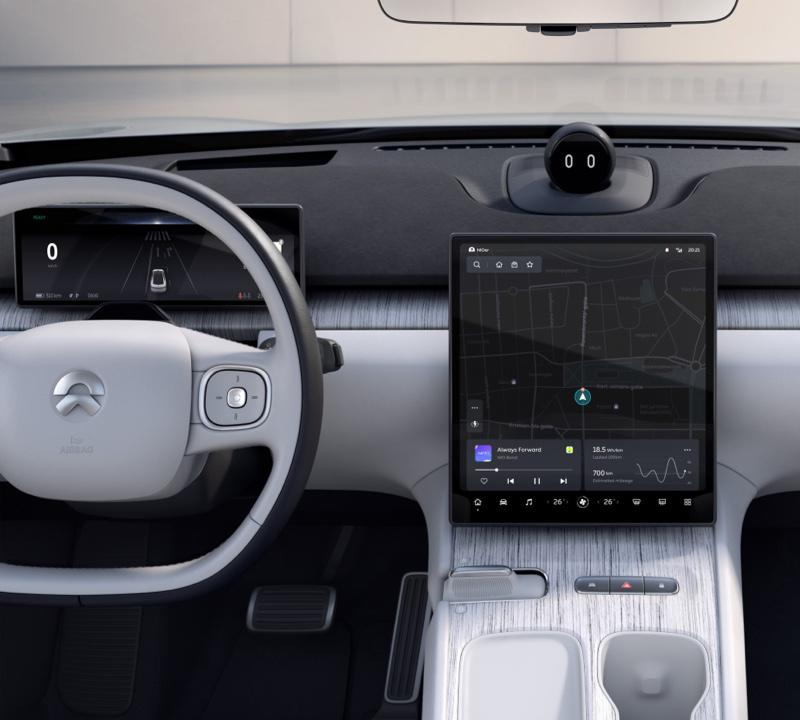
In several popular car models set to be delivered in the latter half of 2022, MiniLED and OLED have become their common choices. In the context of the screen arms race, screens made from these two new materials have become standard on high-end car models, with some parameters even superior to those of mobile device screens. This would have been unthinkable ten years ago.
Why MiniLED and OLED?
To understand why everyone is choosing MiniLED and OLED, first consider what conditions an excellent car screen must meet.
Clearly visible under sunlight
Due to the nature of outdoor use, car screens need to be frequently exposed to direct sunlight. Generally speaking, at the time of day when sunlight is strongest, illuminance can reach up to 100,000 lux per square meter. Under such high ambient lighting conditions, making the screen clearly visible is not a simple task.
 The first point is to increase the brightness of the screen. Generally, the full-screen brightness of small-sized LCD material screens is between 80 nit and 700 nit, while the full-screen brightness of MiniLED material screens can easily reach 1,000 nit, and the peak brightness exceeds 1,500 nit. Even under direct sunlight, the content displayed on the screen can be clearly seen.
The first point is to increase the brightness of the screen. Generally, the full-screen brightness of small-sized LCD material screens is between 80 nit and 700 nit, while the full-screen brightness of MiniLED material screens can easily reach 1,000 nit, and the peak brightness exceeds 1,500 nit. Even under direct sunlight, the content displayed on the screen can be clearly seen.
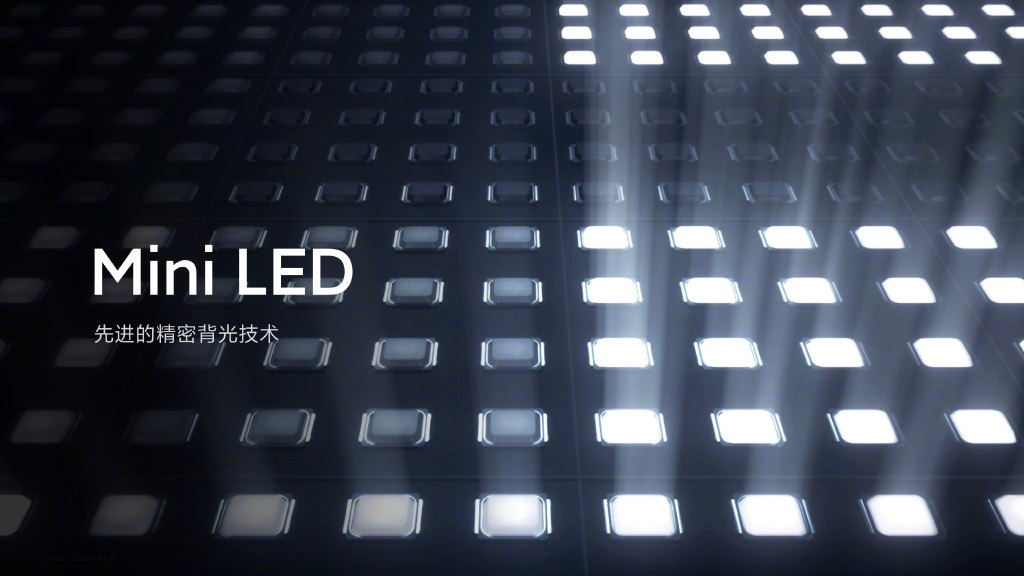
Furthermore, due to its characteristic of being able to independently turn off part of the backlight and the higher photoelectric conversion efficiency of LED chips than OLED, the power consumption of MiniLED under the same display brightness is much lower than that of LCD screens and OLED screens, which also results in less heat generation.
Under the premise of lower heat generation, the heat dissipation efficiency of independent small-sized backlight modules of MiniLED under high brightness display conditions is also higher than that of LCD.
In addition to meeting the brightness standards, high contrast ratio and full-lamination technology are also necessary conditions for clear screen viewing under sunlight. High contrast ratio can deepen the distinction between content and background, and full-lamination technology can reduce screen reflection. OLED has a greater advantage in these two aspects, and its viewing angle is wider, making it more suitable for use in central control screens, providing a better viewing experience for all passengers.
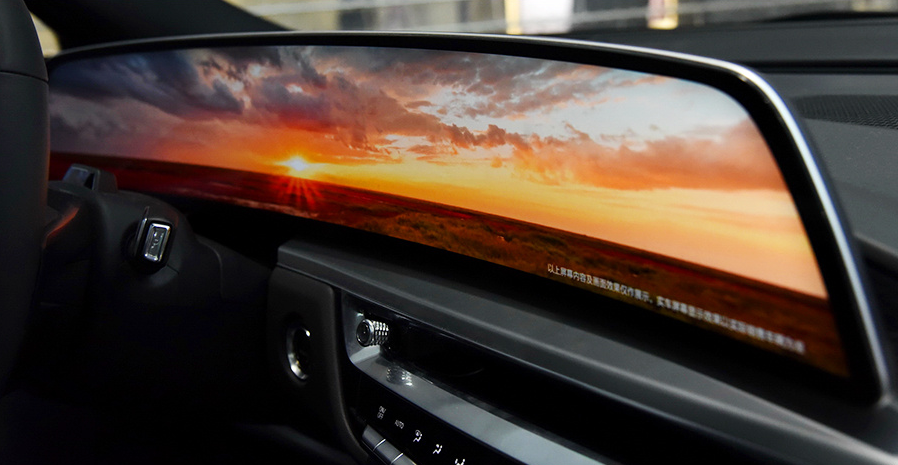
Comfortable viewing is also important
Clear viewing is only the first condition. To view comfortably, it also involves the screen’s size, resolution, PPI, refresh rate and color. According to the standards of Apple retina screens and the distance from eyes to instrument and central control screens, it can be roughly calculated that the PPI of instrument screens should be at least 180, and the PPI of the central control screen should be 150, in order to avoid seeing pixel points at normal viewing distance.
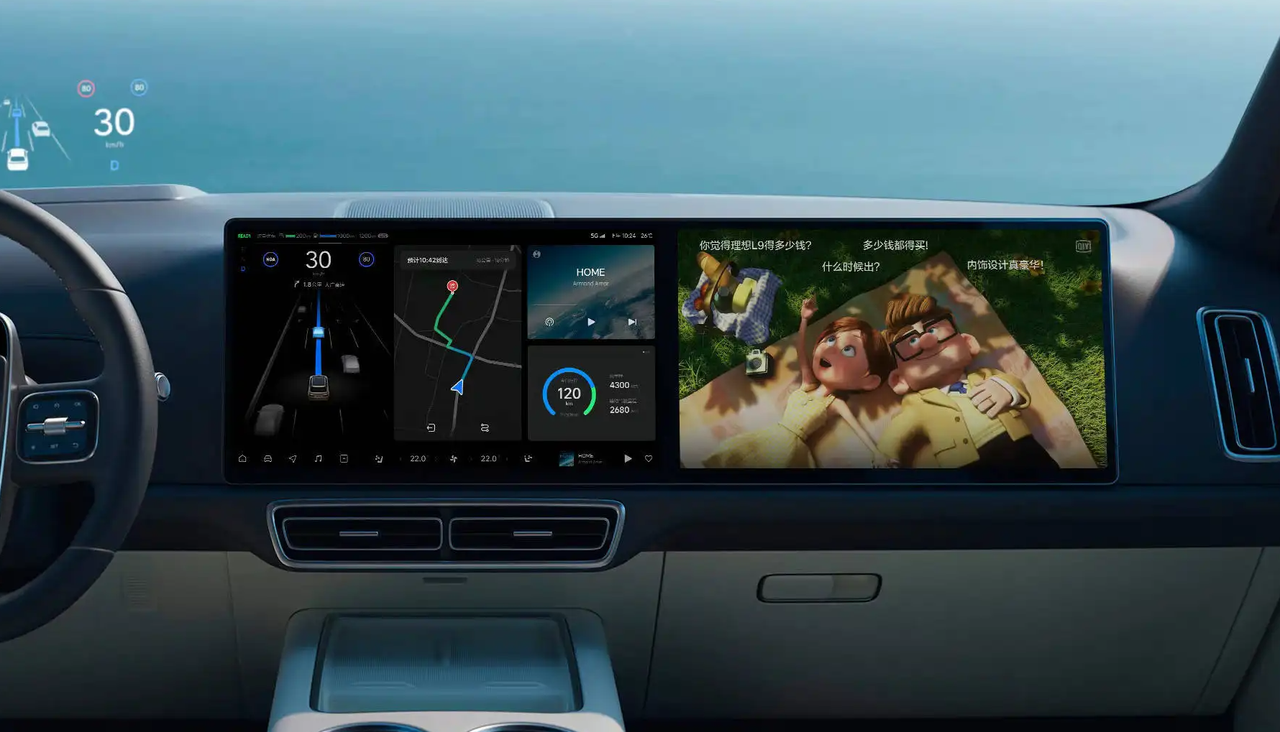
From the vehicle data in the 42 Garage app, it can be seen that several flagship models in 2022 meet this condition.
After solving the resolution and PPI problems, the next step is to consider the refresh rate and color. Higher refresh rates mean smoother display effects. Currently, the refresh rate used by the majority of cabin screens is 60 Hz. Why do some brands’ 60 Hz feel smoother?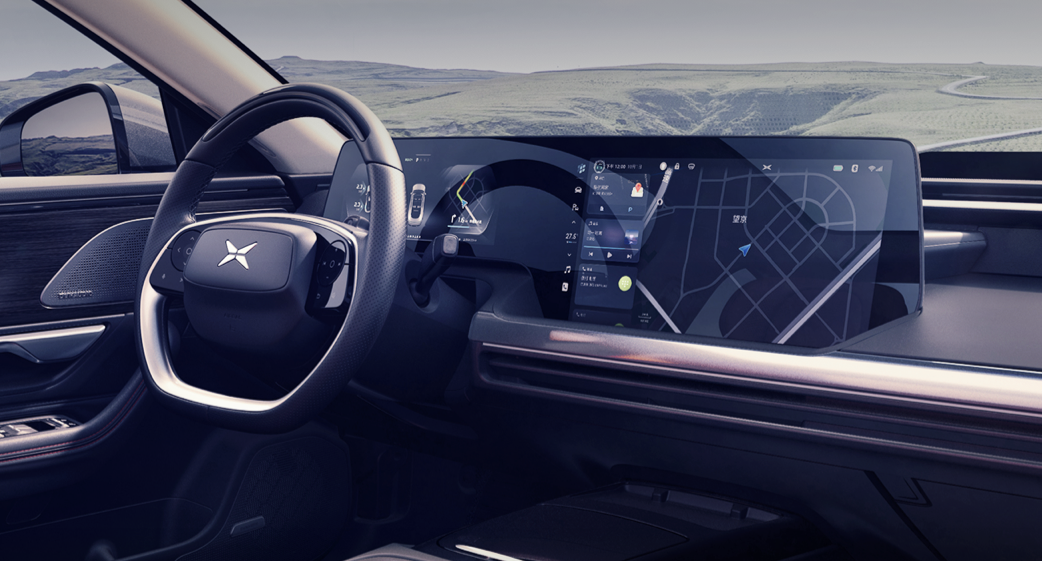
That’s because the hardware refresh rate of some car infotainment screens can indeed reach 60 Hz, but their system framerate is less than 60 frames per second. Therefore, the screen can only display animations with less than 60 frames per second, which makes it feel less smooth to use even with a 60 Hz refresh rate.
Color may be the most overlooked aspect of car infotainment screens, as most of them used to mainly display functional graphics, and color accuracy was not always a top priority. In current automotive promotion, it’s rare to see the color performance of car infotainment screens emphasized. However, as new products place increasing emphasis on the audiovisual entertainment experience in cars, once video playback is involved, the color accuracy of car infotainment screens becomes more important.
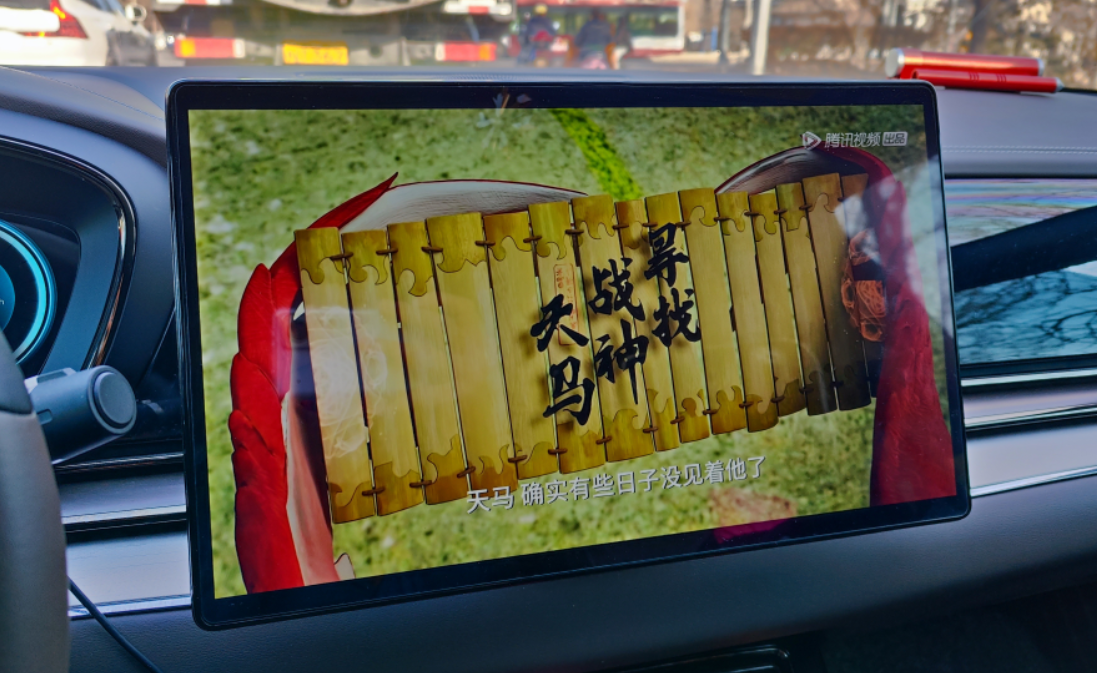
To summarize, to be considered a qualified car infotainment screen, it should have at least 800 nits or higher brightness, retina-standard PPI, over 1500:1 contrast ratio, 60 Hz refresh rate, and fully laminated technology, to meet the needs of clear visibility in sunlight, clear and sharp image display, and no obvious stuttering during use.
As time goes on, screens will have more and more functions, and user demands for screens will also increase. We can see from the past two years that screens have been used in more and more places, such as entertainment screens for the front passenger, control screens for the front row, control screens for the rear row, entertainment screens for the aisle, etc. Passengers are also adapting to more and more screens in the cabin. After reaching a peak in quantity, what surprises will car manufacturers bring us with the interactions behind the screens?
Lastly, welcome to download the Garage App to learn about the latest new energy news. If you want more real-time communication, you can click here to join our community.
This article is a translation by ChatGPT of a Chinese report from 42HOW. If you have any questions about it, please email bd@42how.com.
